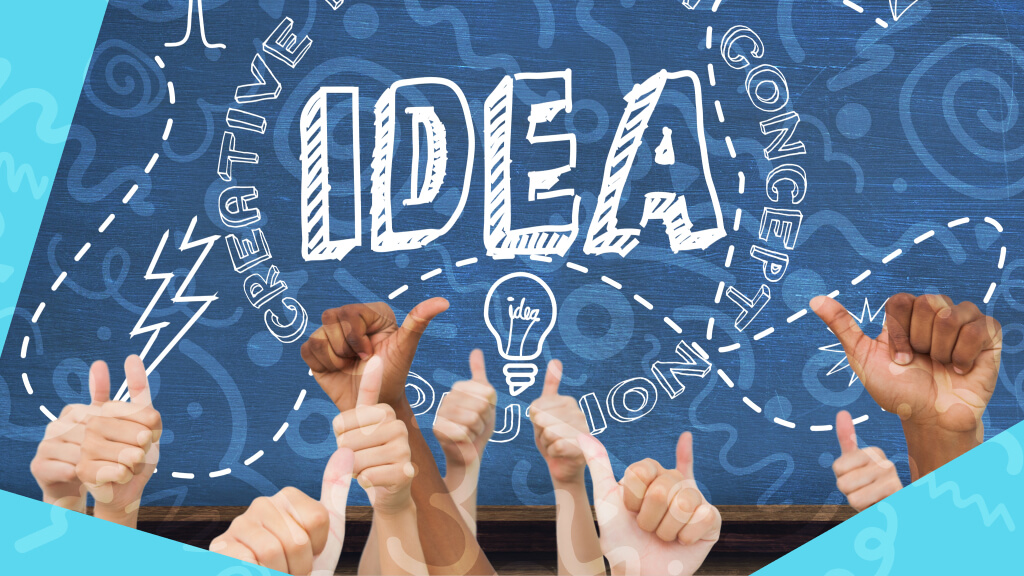
Let's be honest—most presentations are where attention goes to die. You know the drill: dim the lights, cue the 47-slide deck, and watch as your audience's eyes glaze over faster than you can say "quarterly metrics."
But what if your next presentation could be different? What if people actually wanted to pay attention?
Here are 10 interactive presentation ideas that transform passive listeners into active participants. No gimmicks, just proven techniques that work.
Start with a timer visible to everyone. Tell your audience: "In exactly two minutes, I'm going to ask one of you to summarize what I just said."
Watch engagement skyrocket. Nobody wants to be caught zoning out when they might be called on. After the two minutes, ask for volunteers first (someone always steps up), then continue with your next segment.
Why it works: Creates positive pressure to pay attention without being confrontational.
Stop telling your audience what they think. Ask them instead.
Use tools like Mentimeter or Slido to run real-time polls. But here's the twist: show the results live and react to them. "Interesting—70% of you think our biggest challenge is budget. Let me show you why it's actually timeline."
Best for: Opening presentations, testing assumptions, or breaking up long sections.
Give your audience control over the presentation flow.
Create a slide with 3-4 topics and let them vote on what to cover first. Have all sections prepared but let the audience drive the order. This works brilliantly for training sessions or strategy meetings.
Pro tip: Always have a "recommended flow" ready in case they ask.
Halfway through your presentation, pause and say: "Turn to the person next to you. You have 60 seconds to explain the main concept I just covered."
The room erupts in conversation. Energy rises. When you resume, everyone's refocused.
Variation: For virtual presentations, use breakout rooms for 2 minutes.
Deliberately include an obvious error in one of your slides. Maybe a typo, wrong date, or backwards logo. Offer a small prize to whoever spots it first.
People will scrutinize every slide, searching for the mistake. You've just gamified attention.
Warning: Only use this once per presentation, and make the error obvious enough to find.
Bring audience members into your presentation as experts.
"Sarah, you led a similar project last year. What was your biggest surprise?" or "Marcus, from your finance perspective, what am I missing here?"
Key: Brief these people beforehand so they're prepared. Nobody likes being ambushed.
Get people moving. Ask questions where the answer involves standing up, raising hands, or moving to different sides of the room.
"Stand up if you've ever had a project go over budget." (Everyone stands) "Stay standing if it was by more than 20%." (Half sit down) "Keep standing if you knew it would happen from day one." (Nervous laughter)
Why it works: Physical movement increases energy and creates memorable moments.
Instead of presenting a completed case study, build one together.
Present a problem, then crowdsource solutions from your audience. Write their ideas on a whiteboard or shared document. Guide them toward insights rather than lecturing.
Best for: Workshops, training sessions, or strategy meetings.
Give everyone sticky notes. Throughout your presentation, ask them to write down their biggest "aha!" moment so far.
At the end, have everyone post their notes on a wall or virtual board. You'll see patterns emerge—what resonated most becomes immediately clear.
Bonus: Photo the wall and share it as follow-up material.
Challenge your audience: "If you had to tweet the main point of this presentation right now—140 characters max—what would you write?"
Have people share their "tweets" out loud or in the chat. You'll quickly learn if your message landed or if you need to clarify.
Virtual variation: Have everyone actually type it in the chat simultaneously, then unmute.
Set Expectations Early
Tell your audience within the first minute that this will be interactive. Say something like: "This isn't a lecture—I'll need your help to make this valuable for everyone."
Keep Interactions Short
2-3 minutes maximum for any activity. Longer than that and you lose momentum.
Always Have a Backup
Technology fails. People don't participate. Have a plan B for every interactive element.
Read the Room
If an interaction falls flat, move on quickly. Don't force engagement—guide it.
End with Action
Your final interaction should be about next steps. "Write down one thing you'll do differently tomorrow based on what we discussed."
Interactive presentations work because they combat the three presentation killers:
Every interaction is a reset button for attention. Use them strategically when energy dips or before crucial points.
You don't need to revolutionize your entire presentation. Pick one technique. Try it in a low-stakes meeting. See what works for your style and audience.
The goal isn't to be an entertainer—it's to be effective. When your audience participates, they don't just hear your message. They own it.
And that's when presentations stop being endured and start being remembered.
Next time you present, try just one of these techniques. Notice the difference in engagement. Then try another. Before long, you'll have people actually looking forward to your presentations—imagine that.